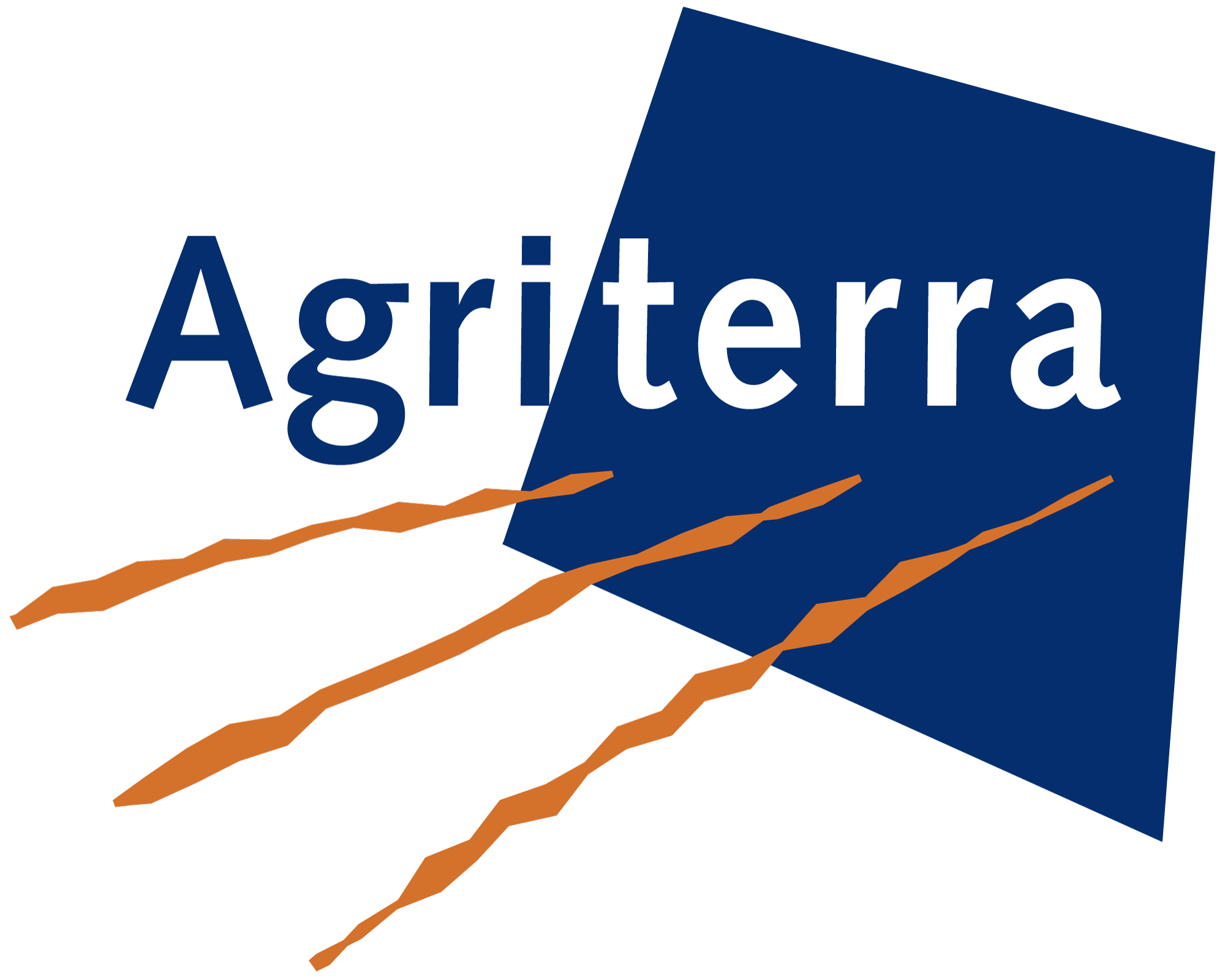Community / Land projects / Multimodal transport potential Argentina
Multimodal transport potential Argentina

€0
08/18 - 12/18
Achevé
This project is part of
Implementing Organisations
Donors
Data Providers
General
One of the main obstacles to further increase foreign trade in Argentina is the high logistics costs. The relatively high transport costs within Argentina are partly due to the high share of road transport in the logistics chains and the truckers unions actively defending their road haulage monopoly. Multimodal transport and smart logistics solutions could provide an answer to improving the competitive position of Argentina in the region as well as facilitating regional economic development.Multimodal transport, by means of inland waterway transport (IWT), rail transport and short sea shipping (SSS), has a limited share in the freight transport market in Argentina. Approximately 91% of all continental and port-hinterland transport is carried out by road transport. This results in logistics costs that are significantly higher than neighbouring countries like Brazil and Uruguay and is a limiting factor for thecompetitiveness of Argentinian products on the global trade market.One of the possible solutions to reduce logistics costs is to bundle/cluster cargo flows as much as possible along corridors and make use of efficient and high capacity transport modes like rail, IWT and SSS. When a higher level of economies of scale can be obtained, this will generally result in the reduction of costs and a better competitive position compared with unimodal transport systems. Balancing of in- and outbound flows, and bundling of flows of different cargo owners in one direction, can provide the critical mass to develop and apply multimodal transport services.Besides bundling of cargo flow, another key success factor for reducing transport costs by developing multimodal transport, is to limit pre- and end-haulage distances and costs that may be caused by geographically fragmented infrastructures and fragmented origin/destination of cargo flows. In the case of inland waterways transport and rail, the lack of clustering of industrial and logistic sites with terminals in the direct vicinity is a major factor.Logistics zones and inland (dry) ports play a crucial role in the multimodal transport chains as they provide transfer points to other modes and are connected with logistics centres, industrial areas, agricultural areas or large consumer markets such as metropolitan areas. The following roles that inland ports can play are identified, of which some of these can be combined:• multimodal hub on a transport corridor;• platform for the regions trade and industry;• interface towards urban freight transport.This calls for integrated planning of infrastructures, such as waterways, railways and highways as well as the landside activities especially in the area for logistic activities and economic activities. For Argentina, this could be a way of creating a better baseload for the multimodal transport and possibly a better balance between in- and outgoing cargo flows. The policy makers at various levels (national, regional/local) can influence this process through land use planning, which takes into account the element of stimulatingIWT and multimodal transport, e.g. location of production, warehousing and distributionactivities. It will also require using other innovative and smart logistics concepts.General objectiveThe main objective of the study is to analyse the potential for multimodal transport in Argentina and provide recommendations on the needed transport network investments and smart logistics solutions to improve the competitive position and regional economic development in the country (on a pre-feasibility level).Summary and resultsReport includes1. An update of the road matrix and forecast of future freight flows for Argentina;2. Examine types of cargo (origin-destination (O/D) cargo matrix) and select the type of cargo that would be feasible to transport through rail, IWT and/or SSS; 3. Select most interesting origin – destination combinations that could be feasible for multimodal transport;4. Determination of the modal shift potential (for each of the selected origin – destination combinations) via rail and inland water transportAspects that should be included are (coast between terminals and key nodes, transshipment coasts, pre- and haulage costs, calculation of cheapest multimodal costs of all possible options, direct trucking scenarios etc.;5. The analyses performed through 1-4 will estimate the modal shift potential however supporting policies to make investments effective and efficient will be needed, these will identified as well (in general)



